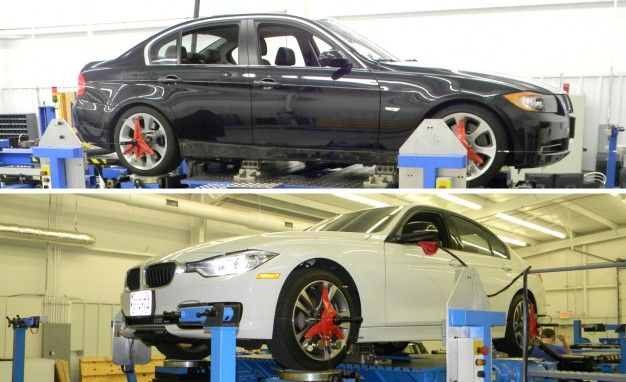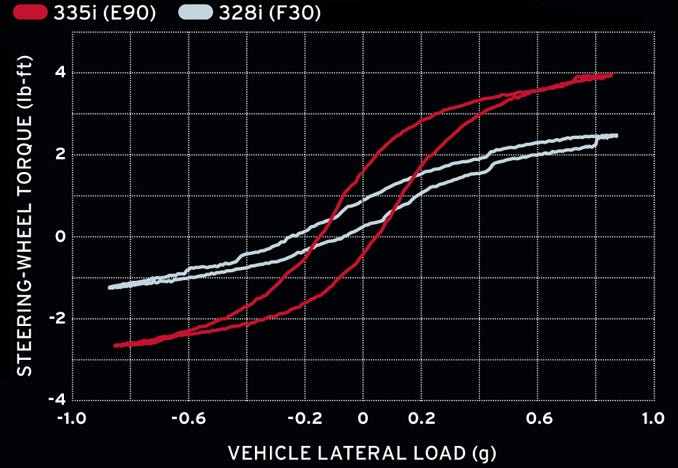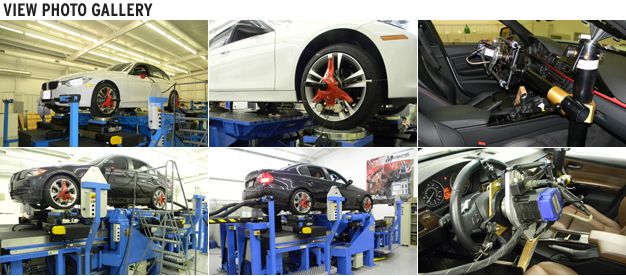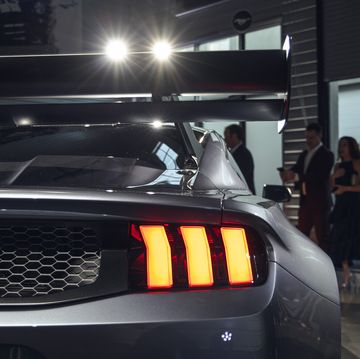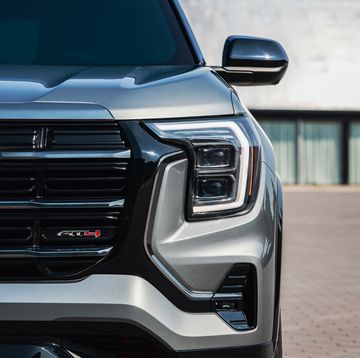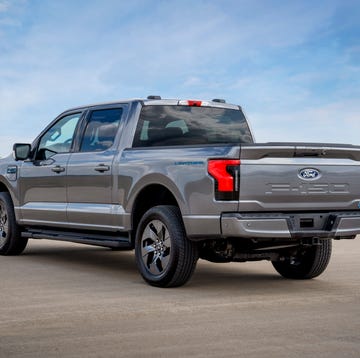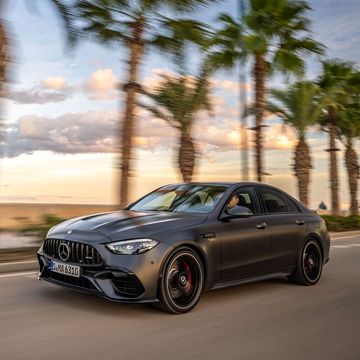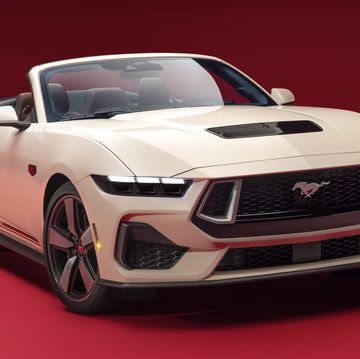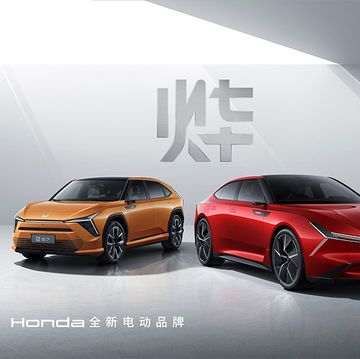To better understand the evolution of the BMW 3-series, we borrowed a 335i (E90) and a 328i (F30) from
BimmerWorld, a BMW racing and tuning emporium in Dublin, Virginia, for a bottoms-up chassis exam.
Morse Measurements in Salisbury, North Carolina, bolted the test subjects to its $3 million kinematics and compliance (K&C) machine to record exactly how each car’s suspension reacts to cornering, steering, and braking forces applied through the tires. The Morse Measurements data confirms some suspicions but also refutes a few impressions logged during
thousands of miles of 3-series seat time. Here’s what we learned:
[1] The 328i we tested for 40,000 miles weighs 3434 pounds, while a 2007 335i owned by former Car and Driver editor-in-chief Csaba Csere scales in at 3671 pounds. (Weight and CG data came from our garage, not Morse Measurements.)
[2] The 328i has better weight distribution (49.2 percent front/50.8 rear) than its immediate predecessor (50.5/49.5), but the older 335i’s center of gravity, at 20.0 inches high, is an inch lower than the 328i’s.
[3] The 328i’s wheel rates (overall suspension stiffnesses) are 2 percent softer in front and 10 percent softer in back, which helps explain the new 3-series’s smoother ride.
[4] The 328i’s anti-roll bars are slightly larger in diameter.
[5] Roll centers, both front and rear, are an inch higher in the 328i. (Suspension geometry defines theoretical points—one in the front, one at the rear—about which the body rolls when subjected to cornering forces.) The imaginary line connecting the front and rear roll centers is called the roll axis. For a given center of gravity and cornering rate, a higher roll axis (closer to the center of gravity) yields less body roll.
[6] The 328i and the 335i both roll 3.4 degrees per g during cornering. This is the net result of findings two through five.
[7] There’s significantly more braking anti-dive built into the F30’s front-suspension geometry and slightly more anti-lift designed into its rear axle. Both characteristics are advantageous to braking performance.
[8] The 328i’s outside rear wheel toes in significantly more when subjected to cornering loads. This is a stabilizing feature to induce understeer, and BMW apparently implemented it as an alternative to the 335i’s staggered (larger in back) tire sizes.
[9] The 328i’s steering is 8 percent quicker than the 335i’s and has significantly less ratio change as the steering wheel sweeps lock-to-lock. This may be attributable to an improved steering-column design with reduced universal-joint angles [see graph above].
[10] The slip angles producing cornering forces at the tire patches create what’s known as aligning torque—essentially, the tire trying to return to straight-ahead running. This aligning torque is fed back through the rack-and-pinion steering gear to the steering wheel. It’s part of the information the driver uses to learn what’s going on where the rubber meets the road. The K&C machine reported that aligning torque is 64 percent lower in the 328i than in the 335i. While the switch to electric power steering may improve mileage, it’s a bummer for Bimmer driving satisfaction.
In summary, the most significant change from the E90 to the F30 results from the switch to electric power-steering assist, which diminishes feel. Body roll in the two cars is identical, but the use of rear-suspension understeer instead of larger tires in back may be why the new 328i feels less agile turning into corners. All of it adds up to a softer, tamer 3-series that’s more about luxury than fun.

